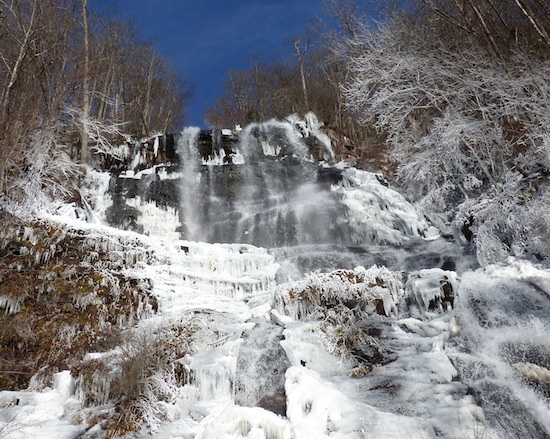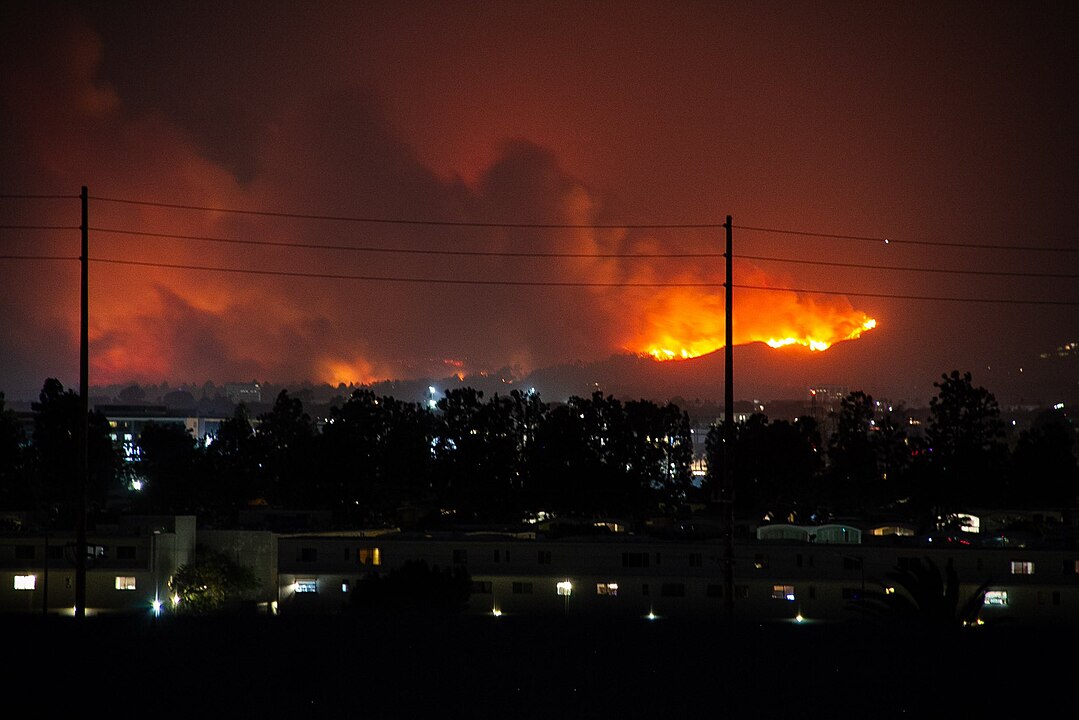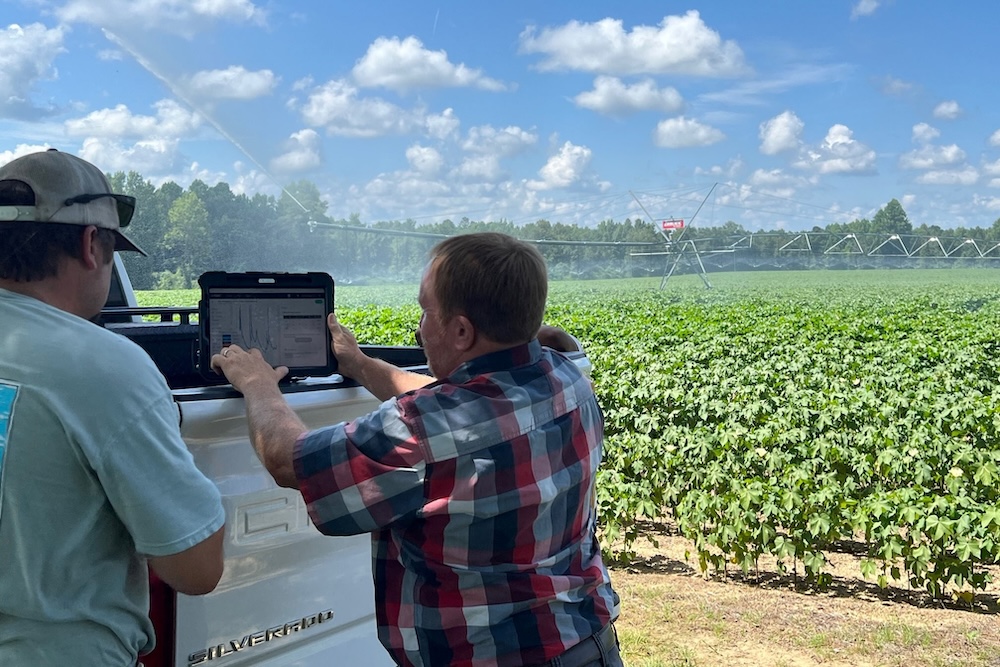Even the most thick-blooded Georgians donned winter coats, hats and gloves Jan. 6 and 7 as a cold front blew across the state, dropping temperatures -- down to single digits and negative degrees in some places -- from the mountains to the coast.
On Monday, Georgians rushed to stock up on milk and bread and cover tender outside plants before the temperature plummeted. Many schools from Macon to the Tennessee line were closed to prevent children from standing in freezing temperatures while waiting for their school bus.
Across the state, temperatures on the night of Jan. 6 were among some of the lowest recorded by University of Georgia weather stations, said Ian Flitcroft, director of the Georgia Weather Network based on the UGA campus in Griffin.
“The coldest air was in the northeast part of the state where the temperatures at our Blairsville station fell to 1.8 degrees below zero F,” Flitcroft said. “A (U.S.) Forest Service weather station on top of Brasstown Bald read a chilly 6 degrees below zero F, which was the lowest reading recorded across the state.”
Subfreezing temperatures on Jan. 6 pushed south as far as the Florida border, and even the coastal region of southeast Georgia suffered a hard frost. At UGA weather stations, minimum temperatures were recorded in the single digits as far south as Macon.
Temperatures across most of the state remained below freezing for the entire day on Jan. 7.
“Only the coastal, southeastern part of Georgia was able to warm above freezing. While the cold air mass did not break all-time low temperature records, they did set (daily) records for Jan. 7 in many Georgia cities, including Atlanta and Savannah,” Flitcroft said. “Typically the coldest temperatures are found just before dawn, and that was the case on Jan 7.”
The Georgia Weather Network recorded the following low temperatures on Jan. 6 and 7 in the following cities: Brunswick, 29.8 degrees and 19.4 degrees; Attapulgus, 25 degrees and 18 degrees; Tifton, 23.5 degrees and 15.4 degrees; Fort Valley, 16.4 degrees and 9.2 degrees; Griffin, 12.4 degrees and 6.4 degrees; Atlanta, 10 degrees and 4.1 degrees; Gainesville, 8.8 degrees and 5.6 degrees; Rome, 11.4 degrees and 5.6 degrees; and Blue Ridge, 3.1 degrees and 1.7 degrees below zero.
The first UGA weather station was established in 1992. The network now consists of 81 stations across the state. Each station records rainfall, air and soil temperature, relative humidity, wind speed and direction, solar radiation, soil moisture and barometric pressure. Some stations also record evaporation, water temperature and leaf wetness.
To access Georgia Weather Network data from a station near you, visit www.Georgiaweather.net.











